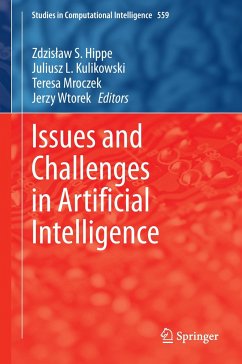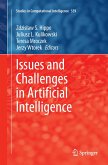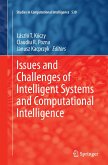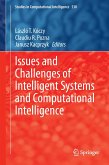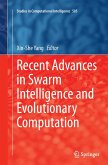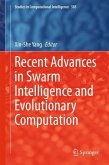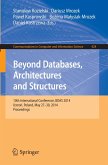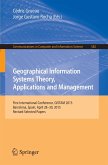The importance of human-computer system interaction problems is increasing due to the growing expectations of users on general computer systems capabilities in human work and life facilitation. Users expect system which is not only a passive tool in human hands but rather an active partner equipped with a sort of artificial intelligence, having access to large information resources, being able to adapt its behavior to the human requirements and to collaborate with the human users.
This book collects examples of recent human-computer system solutions. The content of the book is divided into three parts. Part I is devoted to detection, recognition and reasoning in different circumstances and applications. Problems associated with data modeling, acquisition and mining are presented by papers collected in part II and part III is devoted to Optimization.
This book collects examples of recent human-computer system solutions. The content of the book is divided into three parts. Part I is devoted to detection, recognition and reasoning in different circumstances and applications. Problems associated with data modeling, acquisition and mining are presented by papers collected in part II and part III is devoted to Optimization.

